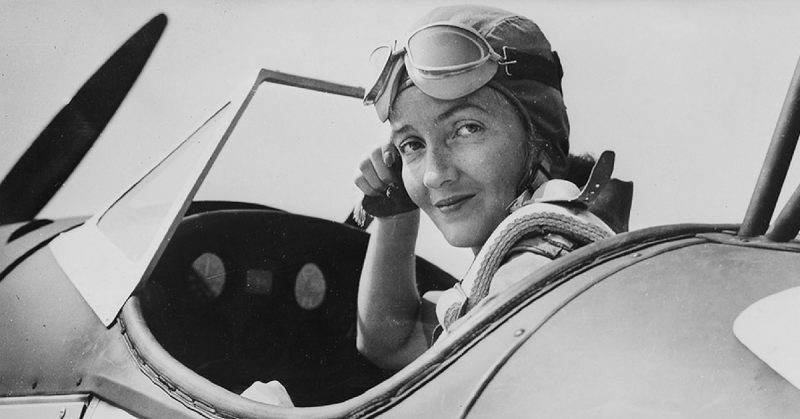Women have always proved their strength and abilities in all walks of life, and when it comes to flying airplanes, they haven’t fallen behind their male counterparts. One such example of passion and fervor of flying and the commitment to make female pilots second to none is Nancy Harkness Love.
Hannah Lincoln Harkness, famously known as Nancy Harkness Love was a famous American pilot who served in WWII as a commander.
Early Life and Interest in Aviation
On Valentine’s Day in 1914, Harkness was born into the home of a rich physician in Houghton. She was a born aviator and her interest in aviation began at an early age. She took her first flight at the age of 16 and a pilot license was given to her within a month.
Harkness was adventurous and restless despite attending all the right schools, including New York’s Vassar and the Milton Academy of Massachusetts. She got her commercial license when she finished her freshman year and became famous as “The Flying Freshman.”Nancy Harkness received national attention for owning the commercial license at such a young age. While in Vassar, she took her fellow students on aircraft rides in a rented plane from a nearby airport and made some extra money.
Nancy Harkness received national attention for owning the commercial license at such a young age. While in Vassar, she took her fellow students on aircraft rides in a rented plane from a nearby airport and made some extra money.
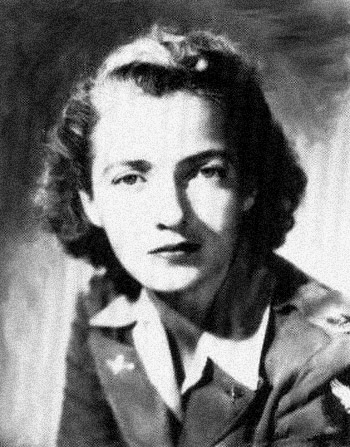
Life Before the War
Harkness married an Air Corps Reserve officer, Major Robert M. Love in 1936. Owing to their interest in aviation, they worked together and built an aviation company based in Boston. Nancy was a pilot in the Inter City Aviation Company and the Bureau of Air Commerce.
Her love for aviation and flying made her participate in many air races. Accustomed to being no.1, she stopped racing when she came second in the Detroit Race.
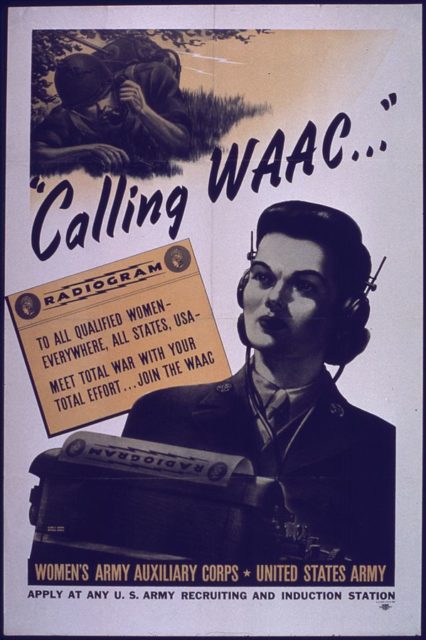
Her experience and devotion to aviation made her a test pilot for the Gwinn Air Car Company. She worked for innovation and modifications in the aircraft. The new tricycle landing gear was also tested by her which later became a standard part of all aircraft.
On the eve of World War II, her love for aviation, adventure, and devotion for the country made her write a letter to Lt. Col. Robert Olds, informing him that she has 49 brilliant female pilots with each of the pilots having flying hours reaching more than a thousand.
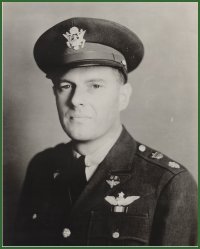
She wanted to help the military and proposed that female pilots can help by transporting aircraft to the bases from factories. The proposal was turned down by the commanding general of the US Armed Forces, Gen. Hap Arnold.
WWII – Nancy Harkness Becomes a Commander
When World War II broke out in 1940, Robert Love, Harkness’ husband was called to Washington for active duty, and Harkness accompanied her there. She took a posting in Baltimore as a civil servant. On her daily commute to work, Harkness piloted her own aircraft. The flying abilities of her caught attention, of Col. William Tunner, who was the commander of the Domestic Division under which her husband was serving. Col. Tunner, was on a hunt for skilled pilots in the country to transport aircraft to military bases from the factories.
The flying abilities of her caught attention, of Col. William Tunner, who was the commander of the Domestic Division under which her husband was serving. Col. Tunner, was on a hunt for skilled pilots in the country to transport aircraft to military bases from the factories.
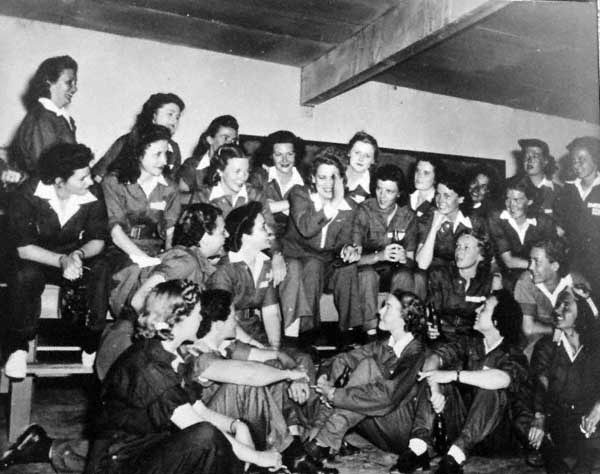
Love’s idea of using female pilots for this job was appreciated by Col. Tunner and she was asked to write a proposal for the initiation of a ferrying division of women. The recommendation of commissioning female pilots into Women’s Army Auxiliary Corps (WAAC) was denied. However, Love was appointed as the Executive of Women’s Pilots under Col. Tunner.
Love, within the course of a few months, recruited 29 female pilots, who were fully experienced and brilliant at their flying, in the Women’s Auxiliary Ferrying Squadron (WAFS). Love was their commanding officer, and these women pilots started flying in September 1942 from Delaware as ferrying pilots.
Within a span of 6 months, Love was commanding four different squadrons of female pilots operating from various airfields.
Under her command, women pilots flew almost every kind of military aircraft, and the number of pilots under her in the WAFS increased steadily because of the graduates coming in from the Women’s Flying Training Detachment (WFTD), headed by the legendary Jacqueline Cochran.
WAFS and WFTD merged in August 1943 ad Love was made the executive for all the ferrying operations done under WASP. The record of female pilots flying under her was remarkable. Having been certified in 19 military aircraft, Love even checked out on the hottest fighter of that time, the North American P-51 Mustang.
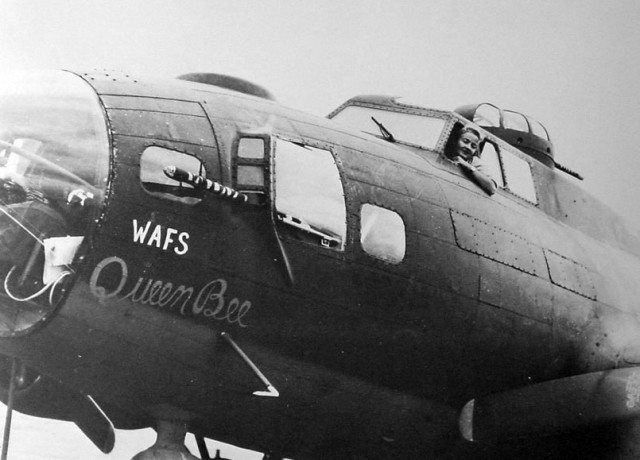
WASP was disbanded in the year 1944, but due to her love for aviation, Love continued working on reporting duties for the ATC, the Air Transport Command.
End of War
One of the unique achievements of Nancy Harkness Love was that she and her husband were decorated simultaneously for their services during the course of the war. She was given the Air Medal for her exceptional work and role as the leader of over 300 women pilots and training them to fly advanced aircraft of the military.
Nancy Harkness did not end her flying career after the war. She was the champion of women veteran pilots who worked in the WASP. She had three daughters at the end of the war and continued as a leader in the aviation industry.
After the creation of U.S. Air Force in 1948, Love was entitled to the rank of Lt. Col in the USAF Reserve. WASP was given military recognition in the year i979, but Love did not live to see the day as she died of cancer in 1976, at the age of 62 years.
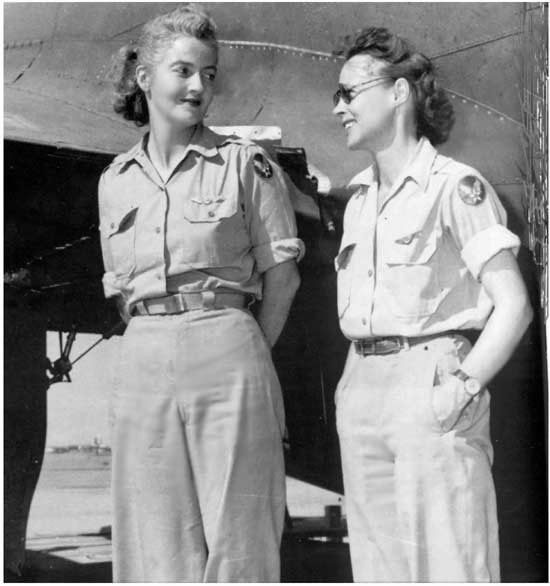
The Legacy
Harkness’ love for aviation and her passion that women pilots flourish was exceptional and gained for her a lot of respect and dignity. She paved the way for women pilots in the armed forces and her work for the women pilots of America can never be forgotten.
Owing to her efforts and dedication, she was inducted into the Michigan’s Women Hall of Fame, as well as, into the National Aviation Hall of Fame in 1997 and 2005 simultaneously. As a gesture of thanks for her services, a statue dedicated to her is also present at Delaware’s New Castle County Airport.
Nancy Harkness Love is a symbol of dedication, hard work, passion and pride for not only the women pilots in the US but for all the women pilots of the world. Her service to the aviation industry and the US army remains memorable and momentous.
